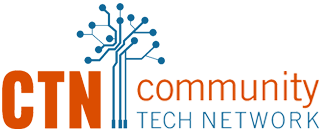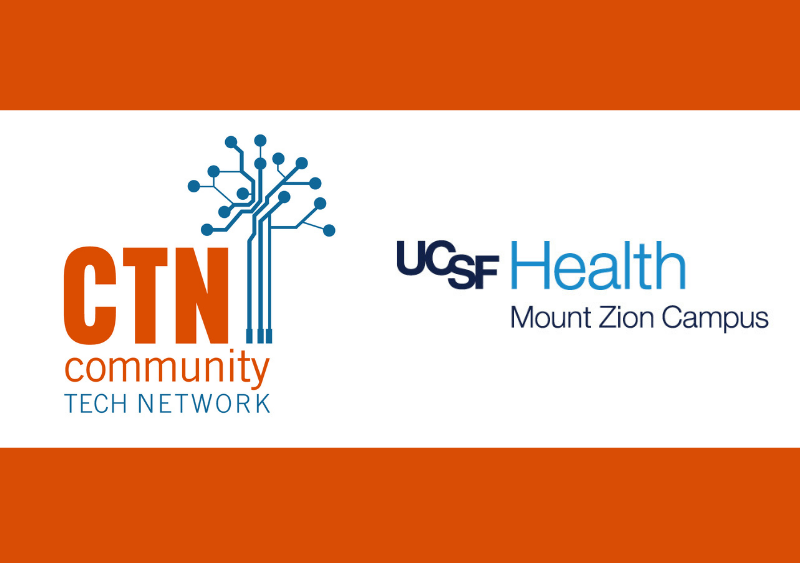The pandemic has prompted a rapid increase in virtual healthcare. Telehealth, often touted as a solution to healthcare inequalities, can offer convenient, flexible, accessible, and more affordable care options to millions of Americans. However, those who lack access to and understanding of technology may be cut off from care.
According to a study by UC San Francisco, more than a third of adults over age 65 face potential difficulties seeing their doctor via telemedicine. This could be due to a lack of technology at home, confusing patient portals, insufficient digital skills, and fear of sharing information online. In a recent article on the matter, CTN’s Kami Griffiths is quoted regarding the problems and potentials of telemedicine to help those who need it most.
“Some cities and counties assume that if 15% to 20% of residents have low or no digital literacy skills, this may seem like a small percentage,” Griffiths said. “But that percentage gets larger in certain populations — those with low general literacy, older adults, rural areas, immigrants, those who lack high school diplomas.” Without digital literacy, these populations are unable to utilize the full benefits of virtual healthcare.
Over the past year, CTN partnered with UCSF Mount Zion’s Telehealth Training for Older Patients (TTOP) program to provide telehealth outreach and training to patients aged 50+. The partnership team included CTN’s Josie Boyles, Dr. Therese Chan Tack, and UCSF staff member Van Le. Since October, the group has been doing outreach to patients with upcoming video visits with the Department of General Internal Medicine (or by referral from providers). Each week, Dr. Chan Tack provided call lists for potential patients. Van and Josie split the work of outreach and training. In these outreach calls, the team ensured that patients are ready for their video visits — providing training as needed, and conducting test calls on Zoom.
In the first five months of outreach, the team identified nearly 1,000 patients eligible and provided assistance to about 12% of them. While the first stage focused on patients aged 50 to 64, Josie and Van began working in March with patients aged 65 and older. We’ve also established UCSF as a referral center for Home Connect, so going forward, UCSF can refer patients who lack a device or connectivity directly to CTN. Throughout the partnership, UCSF found that many patients had issues with video visits at the beginning of the pandemic but have gotten progressively more comfortable with the experience. While some appointments still must be done in person, many can continue to be conducted via Zoom. Having a video call option is much better than telephone visits, and it allows patients to stay home and avoid unnecessary risks of exposure.
As we strive to ensure equitable access to online resources like telehealth, we are grateful for our collaborative efforts with UCSF to keep seniors healthy and online.


Comments are closed.